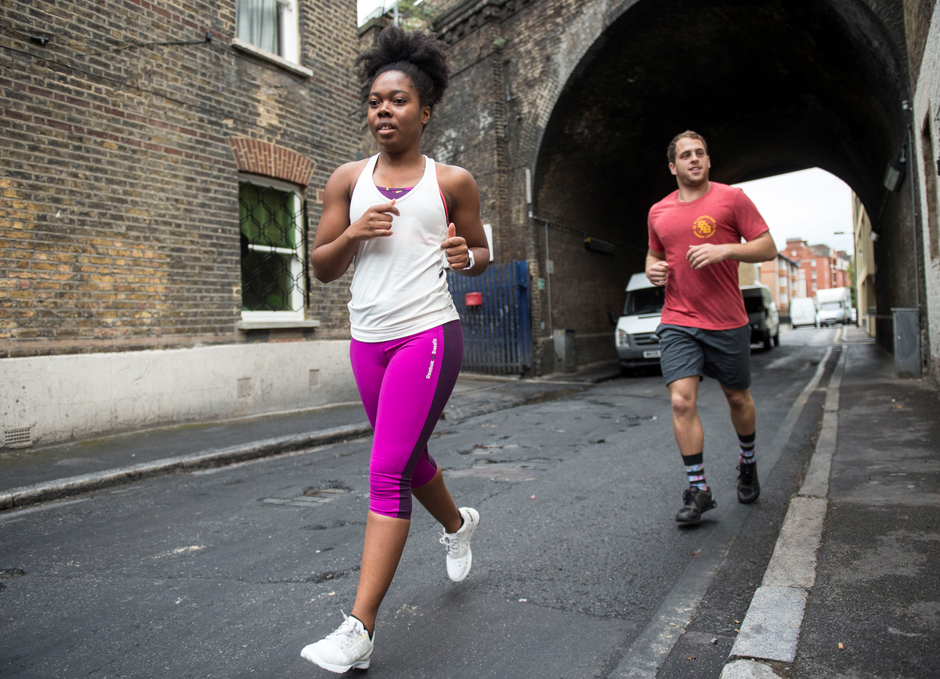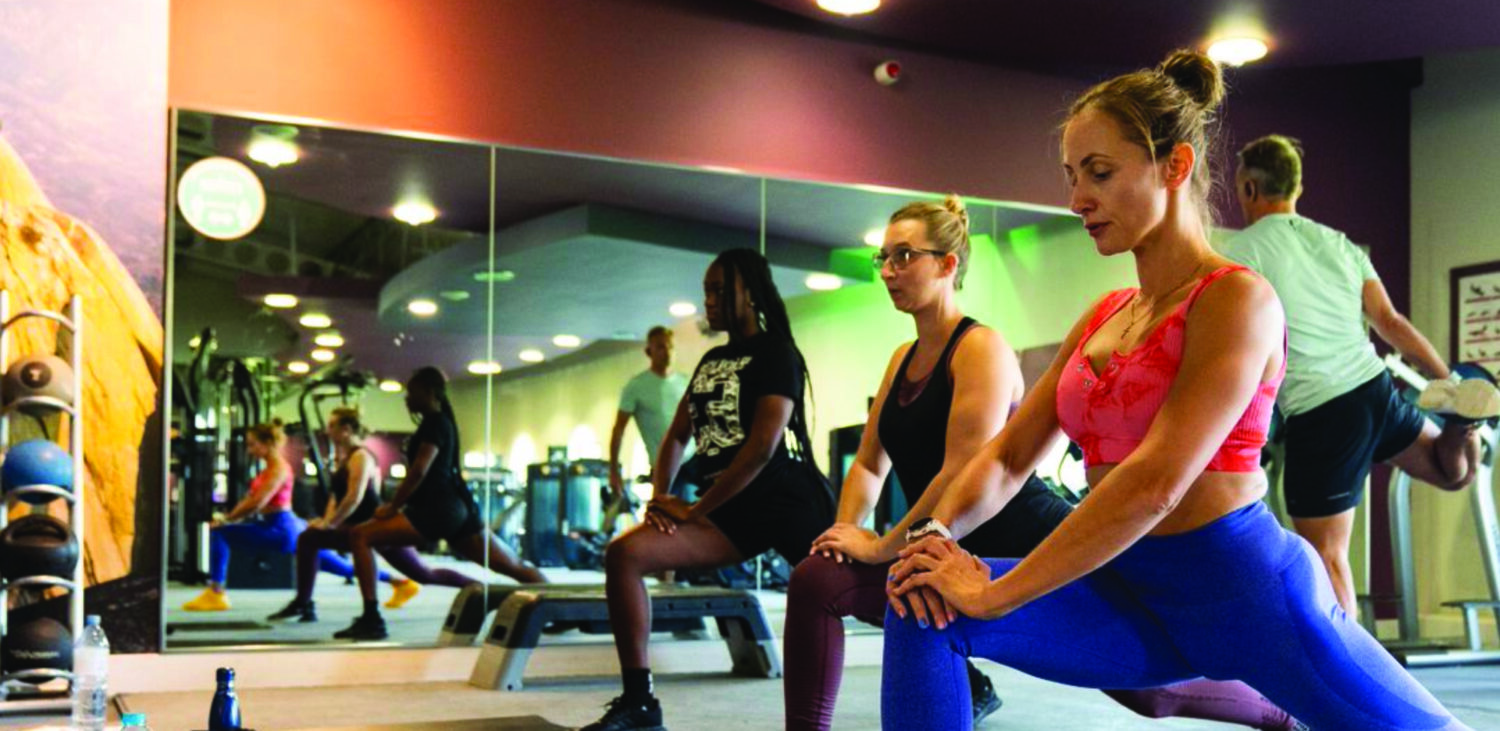Personal trainers often end up specialising in a particular field once they are qualified, becoming a personal trainer for runners is one of these scenarios. However, before you can get started on providing training services for runners you need to qualify as a personal trainer.
In this handy step by step guide, we have outlined how you can become a personal trainer for runners, including each vital step in the process.
Finding the right personal training course can be difficult due to the high number of training providers around. The best thing to do is research several different training providers and compare the different course elements from each or alternatively, you could download a course comparison checklist to help. In order to become a fully qualified running personal trainer you need will need a Level 3 Personal Training Qualification minimum, as part of a Level 3 course you will learn the essential knowledge you need as a personal trainer to apply this to runners.

Once you have found the right qualification and become a qualified personal trainer, finding the right career path is the next place to start. Often training providers will provide post-course support and guidance to help you find the right career path for you. Personal trainers have a few different options once they are qualified:
Once you are qualified in a Level 3 pt qualification, you really can take any route you want on from this. If you are looking to get into the running industry, the best place to start is working in a gym, from this point you can start talking to gym-goers to build up your client base and get to know marathon runners. If you are looking to work specifically with people who are training in running, make this known and showcase yourself as a personal trainer specialising in this field.
It can be difficult when starting out to follow alternative routes like building your own fitness business just because the experience isn’t quite behind you yet. That’s why we suggest you start in a gym or freelancing in a gym for the first 1-2 years just to gain that experience, from this point you can work towards to goal of your own fitness business. Start using the gym to train clients and run your personal training sessions, use the gym as a platform to elevate your services.
That being said, starting your own fitness business straight away isn’t impossible, but to ensure you are in the best possible position your should map out a pt business plan, this will cover your marketing strategy, costs, expenditure and competitor analysis to best prepare you for the personal training industry.
Now that you are qualified at Level 3 & have gained work experience, you should ensure you are still investing in yourself and your learning. Continuous professional development courses are a good resource for building on your knowledge and value for clients. As a personal trainer for runners, an additional course in Sports massage is beneficial to your USP’s, having a qualification in sports massage will educate you to understand what treatment is best for runners after training.
Another alternative qualification is a Level 3 Strength and conditioning course, having a key understanding of strength training and how that can be applied to running is beneficial. Strength and conditioning elements are similar to personal training but mainly focus on those at the peak of their physical fitness. As a strength and conditioning coach, you are qualified at a specialised level meaning you have an opportunity to work with more professional athletes and clients.
Gaining an additional qualification outside your Level 3 Personal Trainer course enables you to understand exactly what is wrong with your client if they happen to injure themself, you will also be able to offer the support and guidance needed for their recovery. The more you build on your qualifications as a personal trainer for runners, the more opportunities you will come across and the more money you could earn.

Runners can vary in comparison to taking on new personal trainer clients, as this form of training is often segmented out. Often as a runner, you are likely to follow a different styled training plan due to your end goal being running focused. Gyms are a great place to start when looking for these clients, you can use the gym floor as a sociable opportunity to start talking to those who have shown interest in running, you can start offering advice and tips to them to showcase your interest.
Another great way to find running clients would be to research running groups in your local area, it is likely there are a few full of individuals who have a passion for running. You can use these groups as an opportunity to show your interest and provide insights from your personal training knowledge which they can apply to their running. Often those interested in running are training for a marathon or cross country running. Whatever it is they are training for you can use your knowledge to provide a marathon training plan or use your certified personal trainer knowledge to run valuable training sessions for runners.
Once you have demonstrated your knowledge and scope in personal training for runners, individuals are likely to take an interest in your services and become paying clients. In order for you to be a successful personal trainer, you need to put yourself out there and make the most of the opportunities around you to help you build your client base.